Outlined: The Rolex Parachrom Hairspring
Over the previous decade, metallic alloy hairsprings seem to fallen out of favour all through watchmaking, with even conservative, large watchmaking producers like Breguet and Patek Philippe turning to silicon steadiness springs. To not level out large-scale makers of sporty watches like Omega and Tudor, which already transitioned to silicon steadiness springs.
Rolex, however, stands out. The Geneva marque continues to utilize a hairspring fabricated of its proprietary blue alloy – the Parachrom hairspring.

The Parachrom hairspring contained within the cal. 4131 of the Cosmograph Daytona
The advantages of alloy
The utilization of blue Parachrom is rooted throughout the straightforward undeniable fact that the very best metallic alloy boasts effectivity that is in any case on par with its silicon counterpart – whereas offering some distinct advantages missing in silicon.
Alloy hairsprings are traditionally product of Nivarox (and its family of related alloys), a specific alloy that neither oxidises nor change its dimensions with variations in temperature. Invented in 1933 and just about a century earlier, Nivarox is a combination of nickel and iron, making it a ferromagnetic alloy, thus weak to have an effect on from magnetic fields.
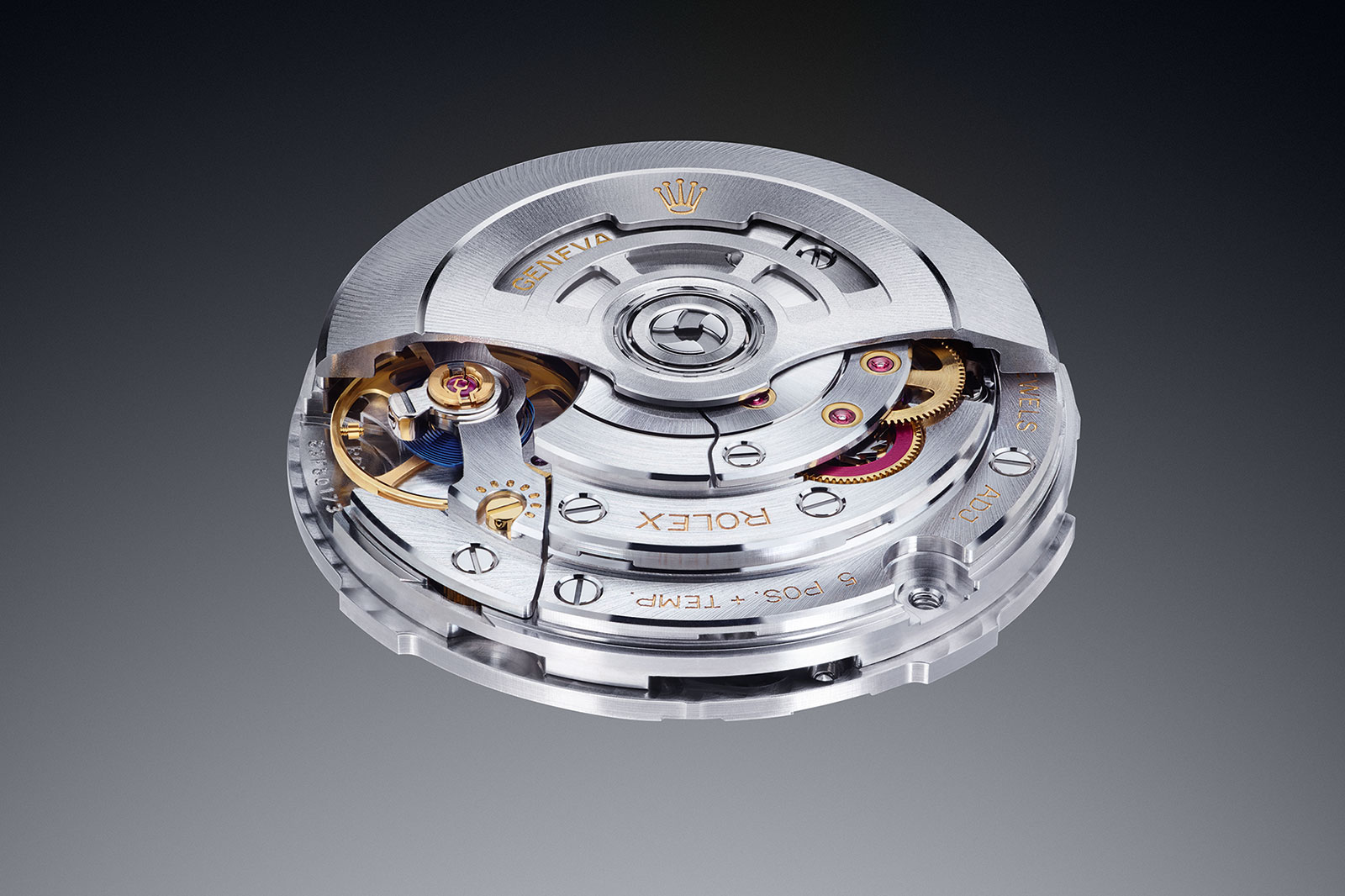
The cal. 3255 of the Day-Date 40 is equipped with a Parachrom hairspring. Image – Rolex
With the intention to make its hairsprings further proof towards magnetism and to bypass the Swatch-imposed monopoly on Nivarox hairsprings (Nivarox-FAR being one among many key firms of Swatch Group), Rolex acquired all the way down to develop its private hairspring alloy throughout the early 2000s.
This resulted in Parachrom, a patented alloy of niobium and zirconium (Nb-Zr), with traces of titanium, vanadium and tantalum, that boasts great paramagnetic properties. Formulating a hairspring alloy from the underside up posed its private shocking challenges, like an elevated “shift” throughout the hairspring frequency along with the need for contemporary heat remedy.
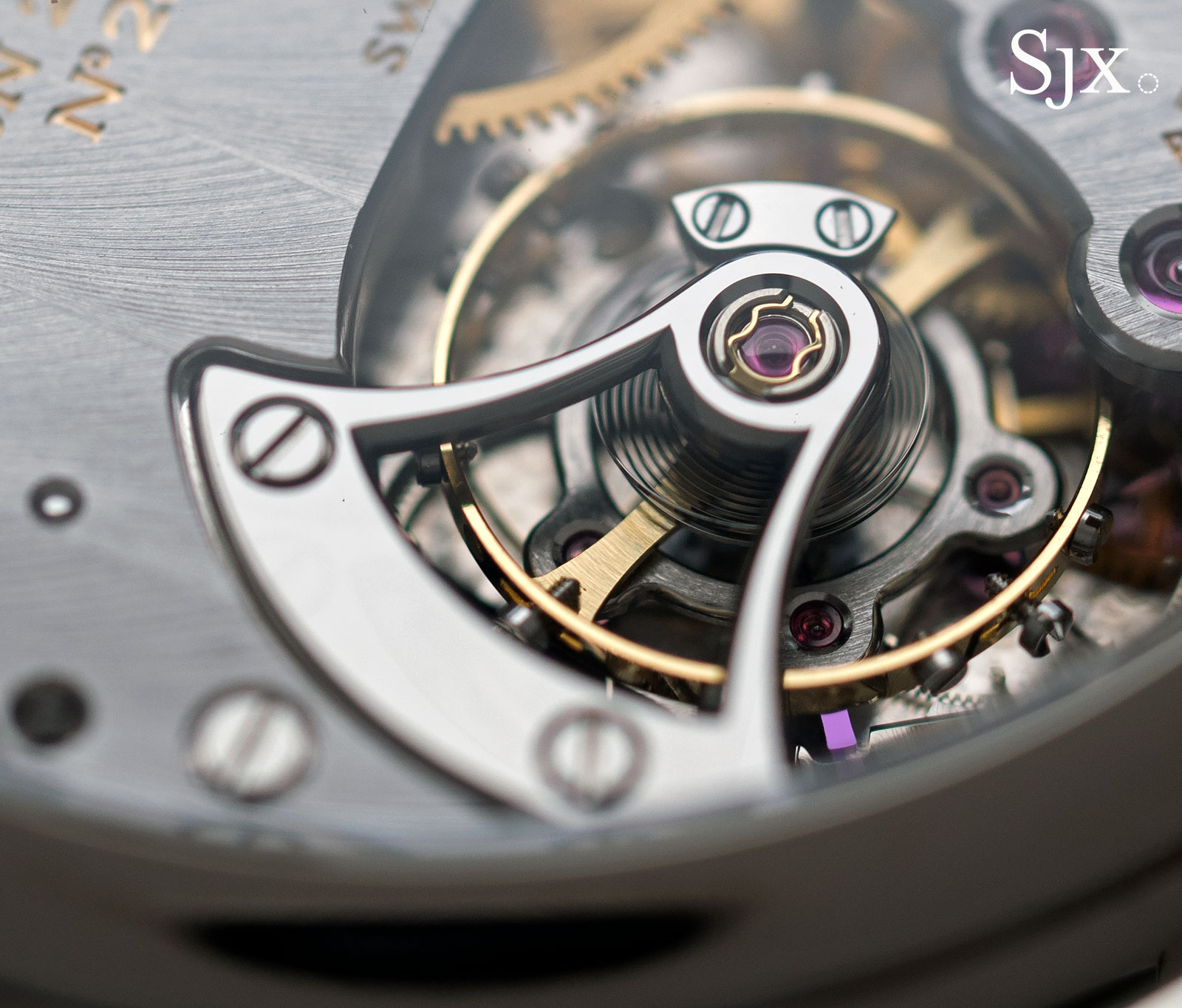
A standard Nivarox hairspring produced by Precision Engineering found throughout the Laurent Ferrier Galet Micro Rotor
Frequency shift
Effectively-known to watchmakers is the phenomenon commonly known as frequency shift. Over time, metallic hairsprings shift their pure frequencies on account of gradual, gradual modifications at a molecular stage. The shift of an untreated ferromagnetic hairspring could find yourself in a 10-second daily variation after just one 12 months.
That’s induced partially by the manufacturing course of, like rolling and coiling, all of which set off a eternal plastic deformation, leaving the molecular building of the alloy if ever so barely disturbed. Molecules are “dislodged” all through the processes, then are prone to slowly diffuse and return to their equilibrium place over time, which ends up in modifications to the Youthful’s modulus of the spiral, or simply put, its elasticity and suppleness. This causes the shift throughout the frequency of the spring.
The reply takes the kind of heat cures for rolled hairsprings, which principally accelerates the diffusion of the “dislodged” molecules and “locks” the particles in place. Such cures can drastically lower frequency shift to beneath a second’s deviation after one 12 months.
In the middle of the expansion of Parachrom (Nb-Zr), the frequency shift phenomenon was discovered to be way more accentuated compared with customary hairspring alloy. Moreover, customary heat cures proved largely ineffective in fixing the problem. The shift worth of an untreated Nb-Zr hairsprings is plotted in Fig Iwhich is tailor-made from US patent US6503341B2 filed by Rolex in 2001.
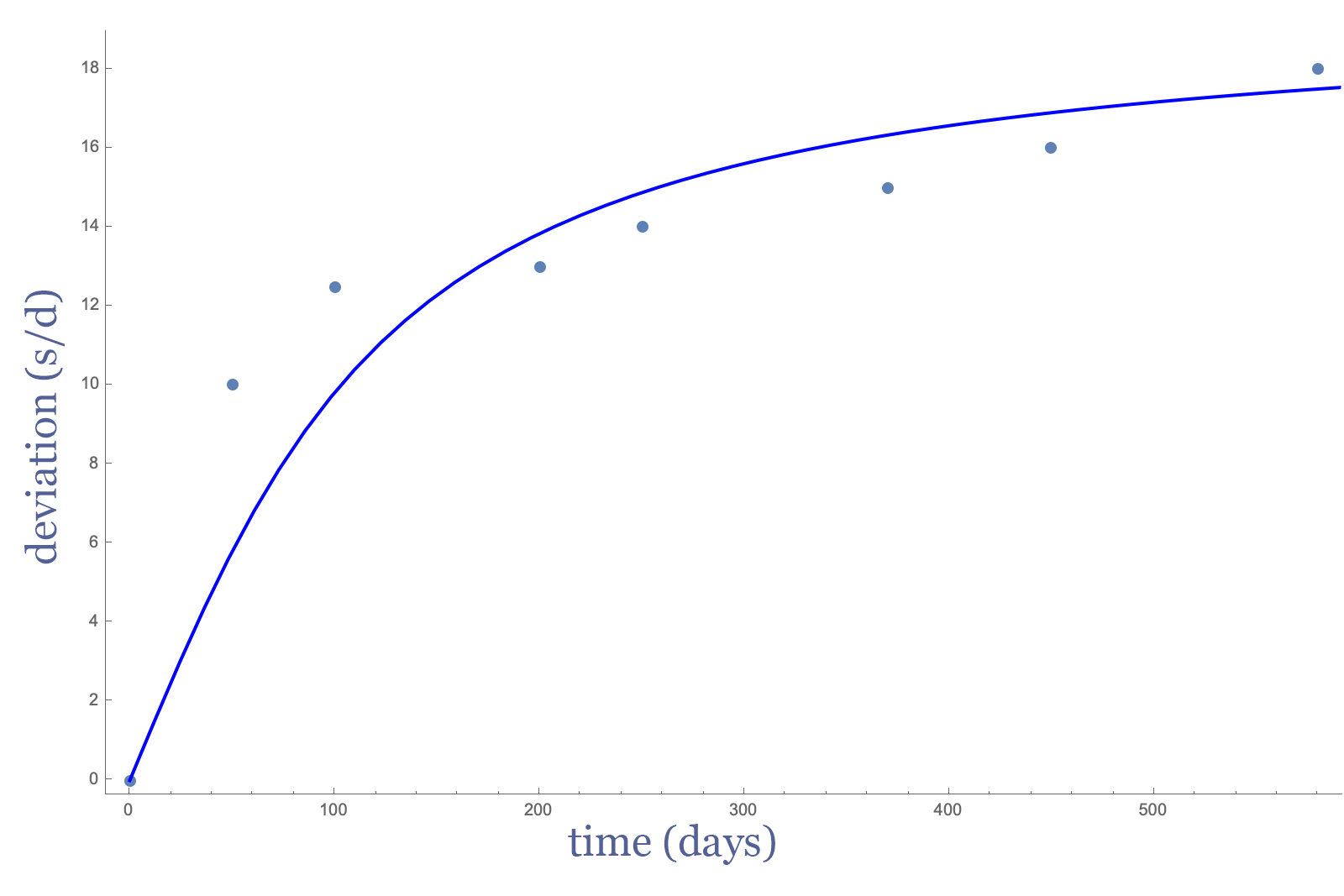
Fig. I – Frequency shift worth for untreated Nb-Zr hairsprings. Provide – Patent US6503341B2
Numerous cures
Rolex engineers surmised that molecular defects alone could not have been chargeable for the extreme worth of frequency shift, and deduced there was one different difficulty at play, particularly oxidisation. Nivarox alloys are intrinsically proof towards oxidisation in common conditions of room temperature and ambient air interaction, and the oxygen throughout the atmosphere does not bind to the metallic.
Nb-Zr alloys, however, are weak to creating a thin oxide film over their flooring over time, which binds to the alloy. The layer itself is minuscule (a few nanometers at most) however it varieties inconsistently and modifications over time, resulting in variations throughout the spring’s restoring torque, thus altering its frequency.
The reply for this shocking concern render Parachrom hairsprings distinctive throughout the commerce. With the intention to forestall the metallic from oxidising, the raw hairsprings are coated with a defending layer by the use of an anodising course of.
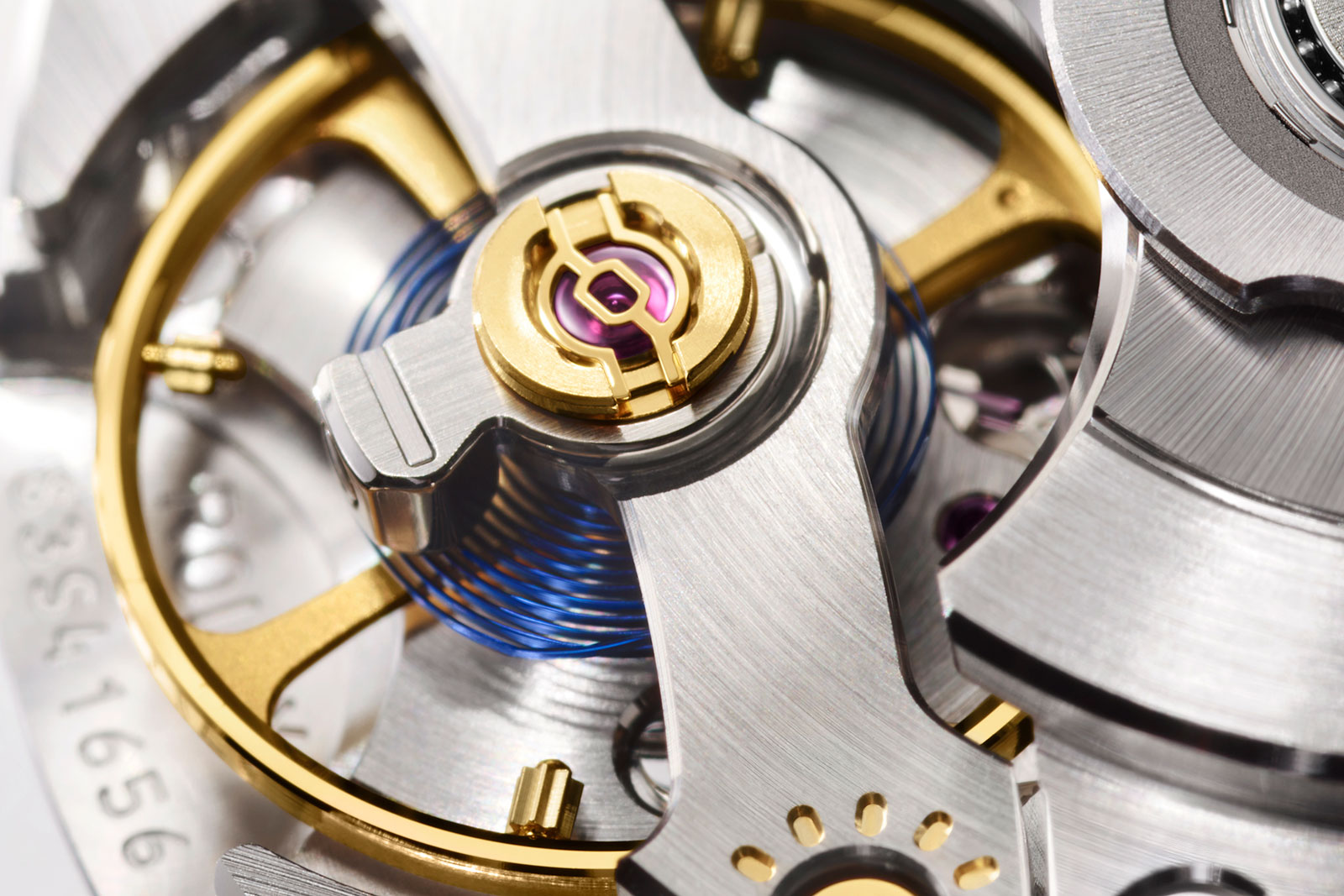
The Parachrom hairspring in a cal. 3230. Image – Rolex
Anodising is a standard electrolytic passivation course of used for coating certain metals with a day by day oxide layer. In doing so, it ensures that the metallic will not corrode or further oxidise by itself, as a result of the coating forcibly binds oxygen to the metallic. In the middle of the electrolysis-like course of the oxide layer’s thickness might be finely tuned to very precise tolerances. The metallic largely associated to anodising cures is aluminium. As an example, aluminium watch bezels are anodised to have the ability to make them further placed on and corrosion resistant.
Rolex discovered the anodising course of was fully suited to its very explicit need: the pressured oxide layer on Parachrom is uniform, with the layer’s thickness merely adjusted. The oxide layer has a set thickness of approximatively 50 nanometers.
Moreover, the layer doesn’t intrude with the alloy’s molecular building and is totally reproducible over big batches, making it advantageous for mass manufacturing. Nonetheless, this further step of coating is not required for ferromagnetic alloy springs (like these in Nivarox), which supplies to the payment and complexity of the Parachrom hairspring.

The cal. 4131 found throughout the current know-how Cosmograph Daytona accommodates a Parachrom hairspring. Image – Rolex
Anodising supplies Parachrom hairsprings their trademark blue hue, explaining why the material was initially generally known as “Parachrom bleu”. The colour can actually be assorted by altering the voltage all through the electrolytic course of. Early Parachrom hairspring prototypes had greenish hues, sooner than the tactic was lastly perfected.
After the anodising course of, the hairsprings moreover cross by the use of an oven for heat remedy at about 200°C, which takes care of the important molecular imbalance. The tip consequence might be observed in Figs. IIwhich reveals the daily variation of the dealt with hairsprings introduced on by residual frequency shift over time. The outcomes ignore place or escapement-induced deviations, and solely bear in mind the pure frequency shift phenomenon.
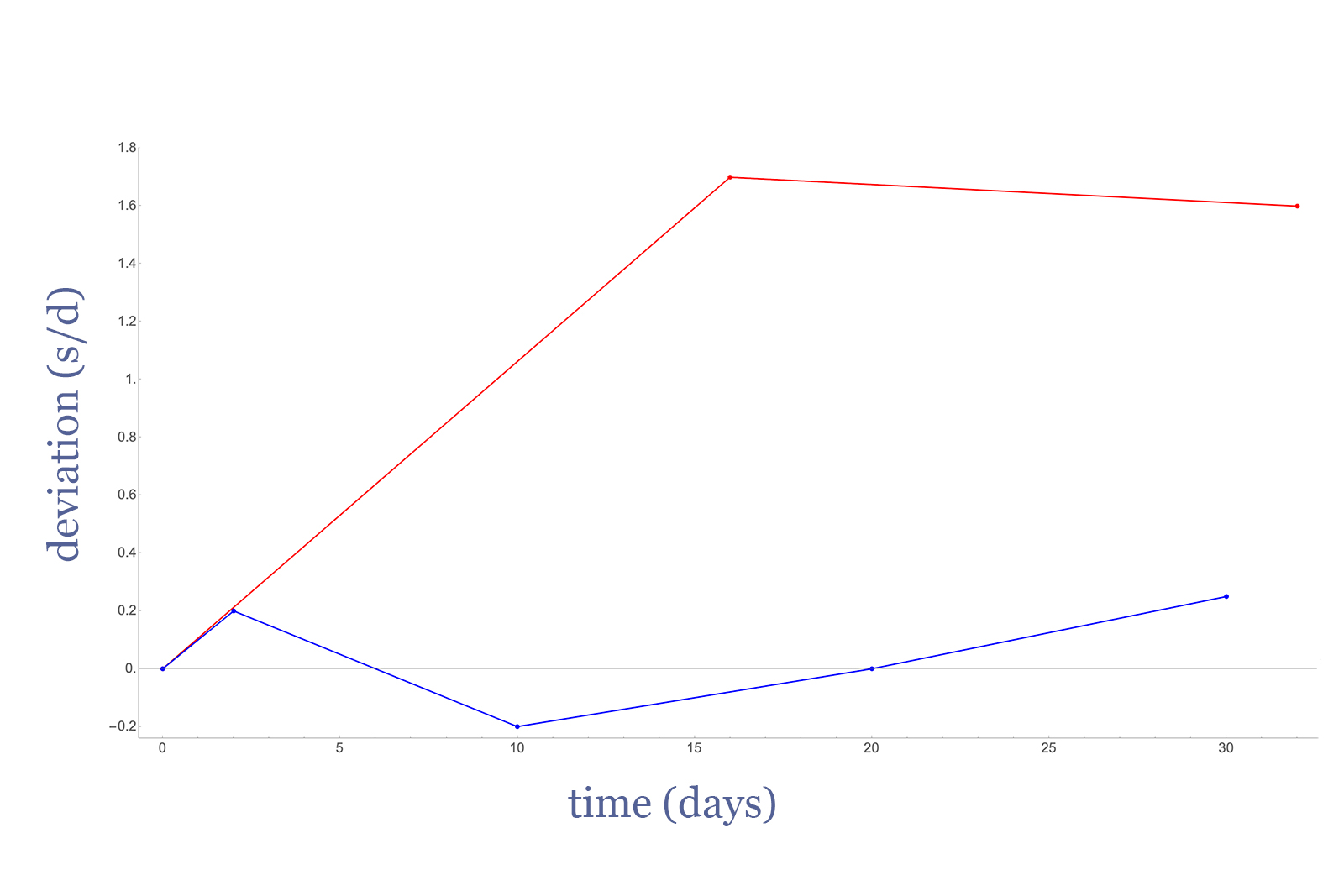
Fig. II – Frequency shift for a very dealt with Parachrom spring and a heat-treated-only Nb-Zr spring. Provide – Patent US6503341B2
The graph reveals two plots: the blue line represents an anodised and heat-treated hairspring, whereas the purple line represents the shift for a hairspring that is solely heat-treated and with out anodisation. For a very dealt with hairspring (particularly anodised and heated) the shift could also be very close to nil and in actuality, the result implies the hairspring is self-compensating. Comparatively, the spring that is solely heat-treated nonetheless reveals a noticeable shift after solely a month.
Mockingly, the high-tech nature of Parachrom has an uncanny historic parallel: the colour of Parachrom hairsprings is paying homage to the usual heat-blued hairsprings current in high-grade chronometer watches of the nineteenth and twentieth centuries which have been a discreet mark of top of the range, just because the proprietary alloy is right now.
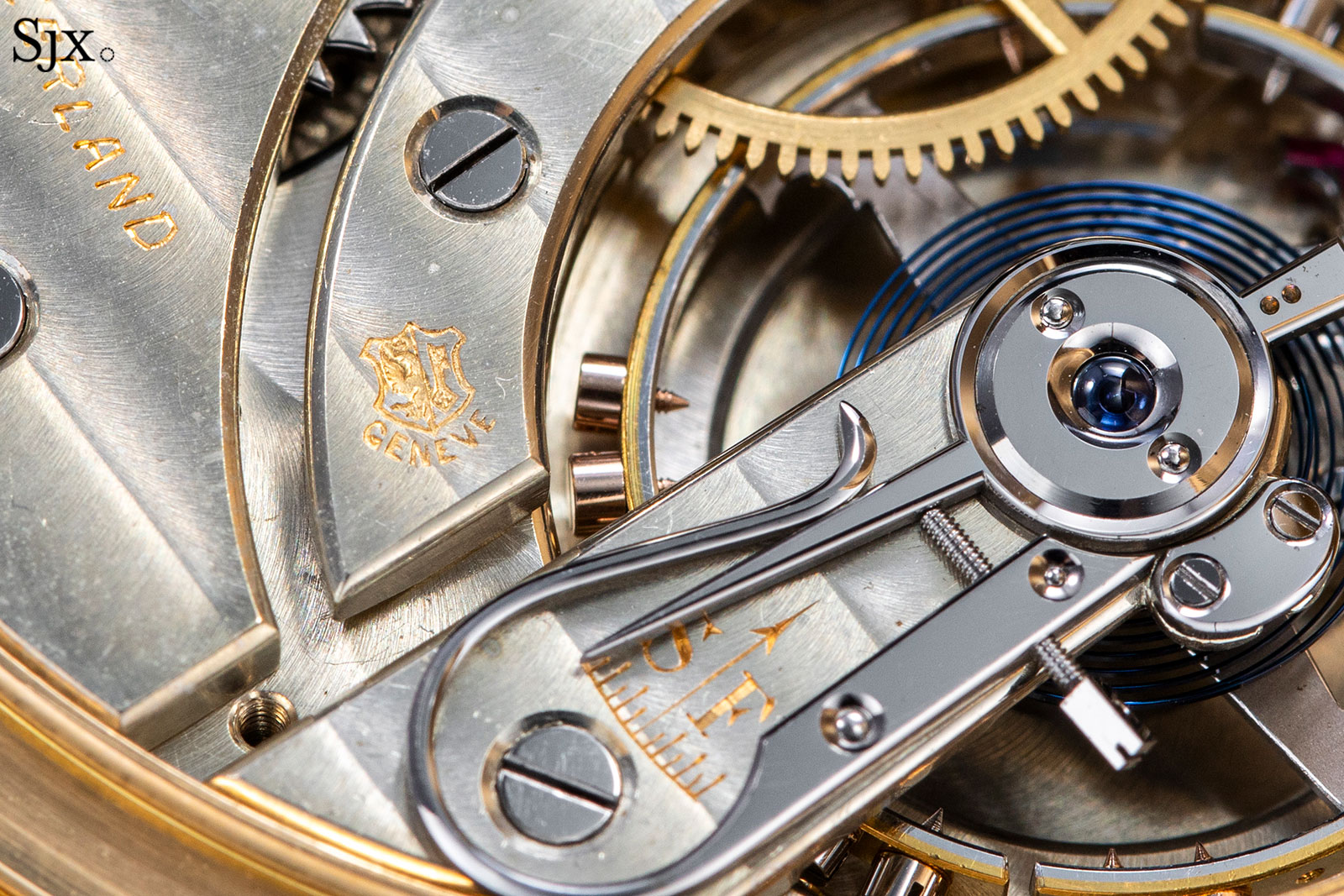
A Nineteen Twenties Patek Philippe observatory chronometer pocket watch with a heat-blued hairspring
The silicon comparability
From its inception, Parachrom was meant to lower a movement’s susceptibility to magnetic have an effect on. The niobium-zirconium alloy is actually extraordinarily proof towards magnetic fields, nevertheless it is not pretty as impervious as silicon, which is akin to glass.
Silicon hairsprings possesses various completely different advantages, along with being easier to manufacture, letting them be conveniently shaped into inherently isochronous geometries. So why does Rolex nonetheless rely on the dear Parachrom alloy hairspring, when it’d comfortably pivot to silicon hairsprings all through its regular of actions?
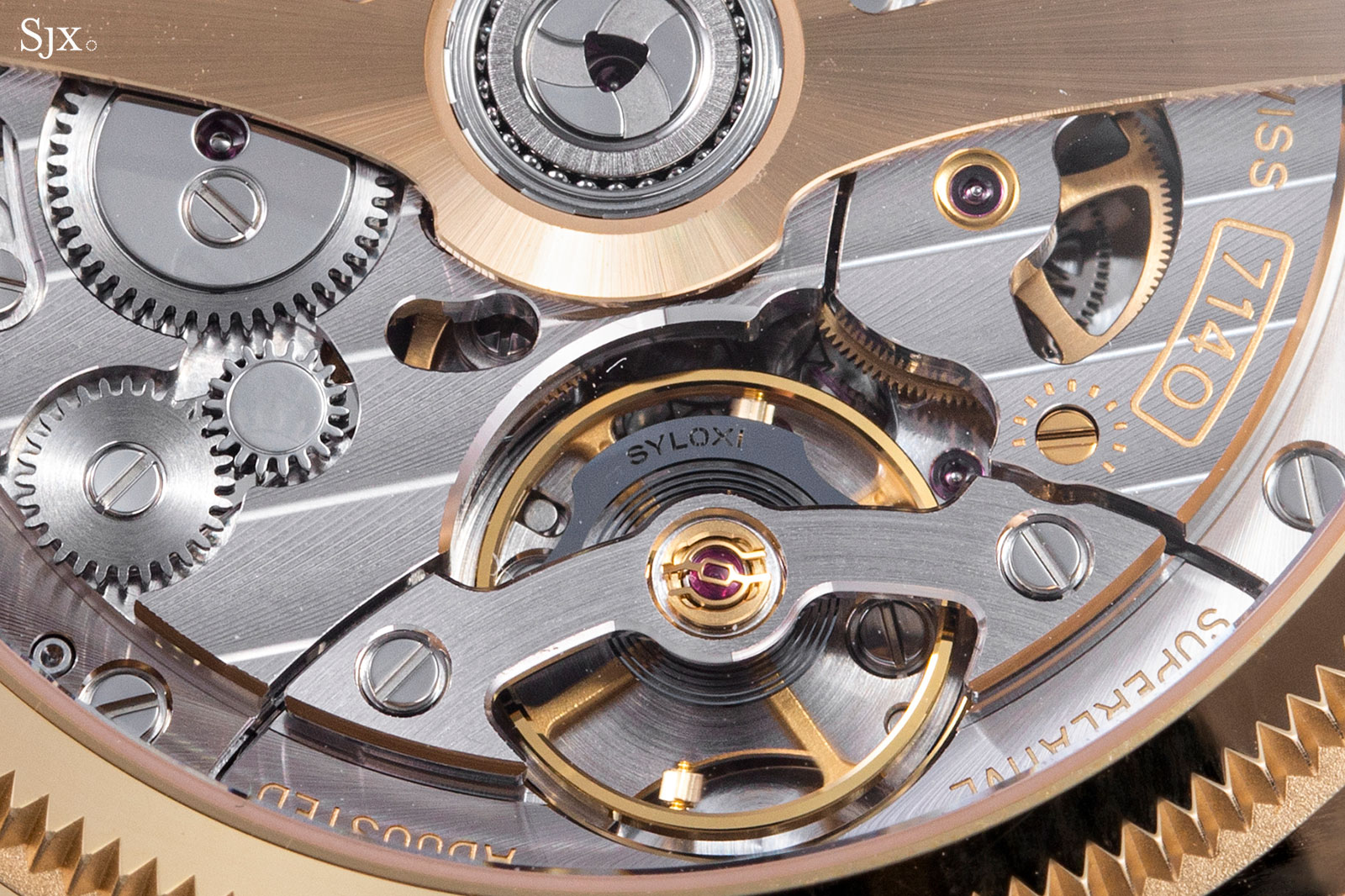
The Rolex Syloxi silicon hairspring in cal. 7140 of the Perpetual 1908
The reply arguably lies in robustness and timelessness.
A silicon hairspring is further liable to breaking when subjected to sturdy shocks, which is unsurprising given the brittle nature of the material. In actuality, a silicon hairspring might be snapped in two by pulling it apart vertically, which can happen with a careless watchmaker.
As quickly as broken, a silicon hairspring requires altering as silicon cannot be mended. With the large-scale manufacturing of perfectly-formed silicon hairsprings, substitute is not a problem right now, nevertheless who can inform if this availability will proceed into the distant future?
In distinction, an alloy hairspring would merely bend barely on impression, which might be merely undone by a gifted watchmaker. Even a badly deformed alloy hairspring might be mounted, albeit by a so much, far more professional watchmaker, and at considerable time and expense.

A Parachrom hairspring fitted to a variable inertia steadiness with Microstella regulating weights. Image – Rolex
Equally, Rolex appears philosophically inclined in course of classical watchmaking. If one thing, the mannequin has gone further on this route currently, as exemplified by guilloche dials and present backs for adorned actions. With its blue sheen and Breguet overcoil, the Parachrom hairspring evokes standard chronometers and hints at a bygone interval of precision timekeeping, which reinforces the Rolex philosophy.
Distinctive in watchmaking and expensive to develop, Parachrom will also be a protected guess, significantly in distinction with choices which will present problematic on the long run – this chimes with the extensively conservative and prudent technique of Rolex.
To date, Parachrom has confirmed its worth, being undoubtedly necessary to the impressively tight -2/+2 seconds daily variation dictated by the Rolex Superlative Chronometer certification that’s now commonplace all through the Rolex catalogue. Parachrom has confirmed itself to hold out in any case along with silicon, and possibly increased in some respects, which ought to ensure its place in Rolex actions for a really very long time to return.
Once more to excessive.






